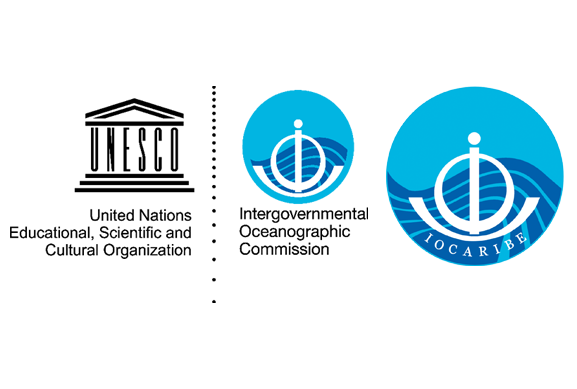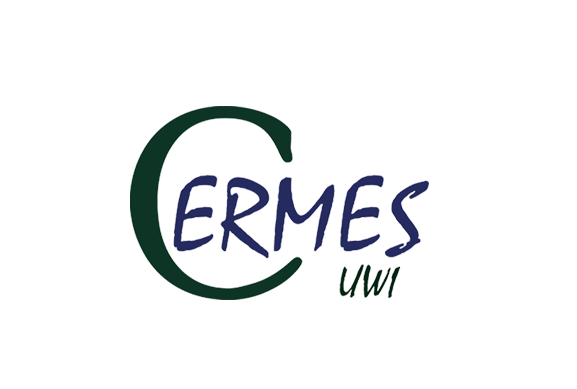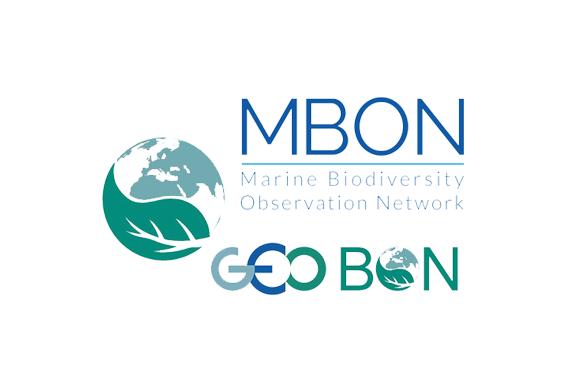The Sargassum Crisis: Understanding and Addressing a Growing Challenge
For over a decade, coastal regions in the Gulf of Mexico, South Florida, the Caribbean, and West Africa have been facing unprecedented influxes of floating Sargassum seaweed. This large-scale phenomenon, known as the Sargassum crisis, has had severe environmental, social, and economic consequences. Massive mats of Sargassum drift ashore, burying beaches, disrupting tourism, damaging fisheries, and even affecting infrastructure such as desalination plants and power generation facilities. The scale and persistence of these blooms make Sargassum a wicked problem—a complex issue driven by multiple interwoven factors, including climate change, ocean dynamics, and human-induced nutrient pollution.
Sargassum is a type of brown macroalgae that floats on the ocean’s surface throughout its life cycle. Historically, it was mainly found in the Sargasso Sea, an area of the North Atlantic known for its unique floating ecosystem. However, since 2011, Sargassum blooms have expanded across the tropical Atlantic, forming what is now called the Great Atlantic Sargassum Belt. This vast accumulation extends thousands of kilometers from West Africa to the Americas, with seasonal variations that influence its movement and impact.












